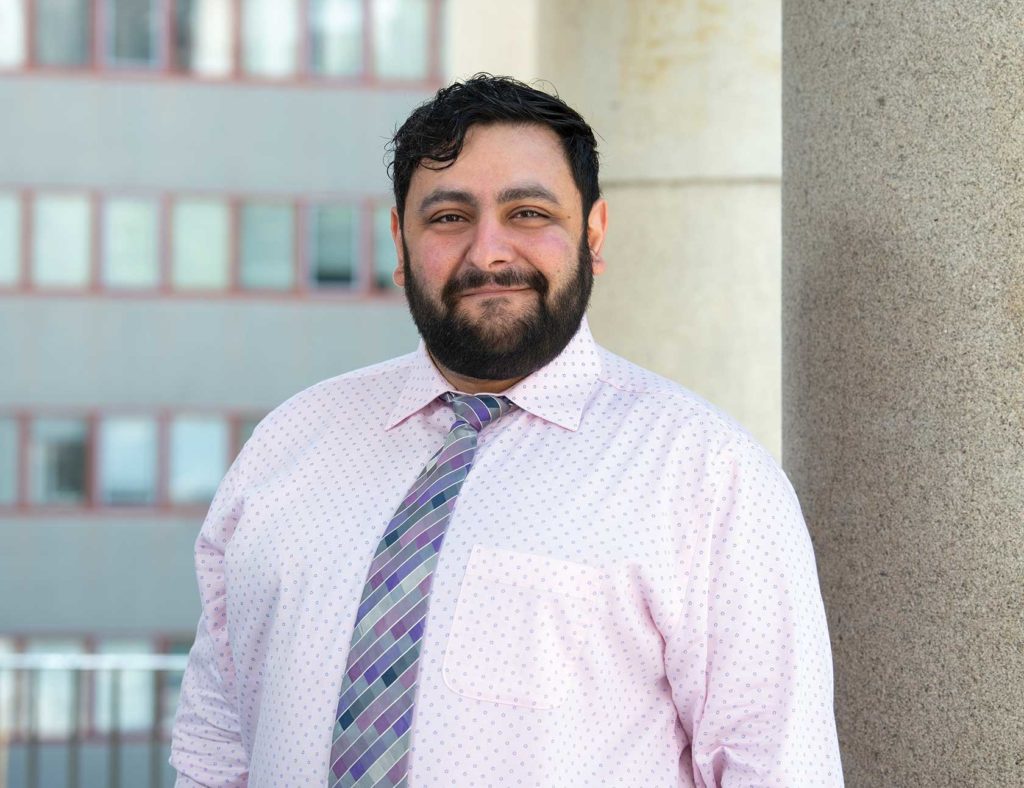
Programs for adults with sickle cell disease are on the increase in this country. That’s good news, but the bad news is that at one time the necessity was low.
“Fifteen to 20 years ago, there was no need to exist,” explained Dr. Sharl Azar, the medical director of the Comprehensive Sickle Cell Disease Treatment Center at Massachusetts General Hospital. “There was an enormous vacuum. Pediatricians held on to their patients to the adult years.” The MGH Center provides comprehensive care for people 18 and older.
But there’s another reason as well. Children with SCD often did not survive to adolescence. There has been an improvement, however. A study published in the Annals of Emergency Medicine found that the median age of death for SCD was 28 in 1979 and increased to 43 in 2017.
A difficult transition
Transition refers to the period during which people with SCD move from pediatric to adult care services. It typically ranges from the age of 14 to 22 years but can be longer. Transition marks a particularly precarious time. People can get lost in the shuffle and often go without care — for many reasons. One is the paucity of trained physicians. An analysis by the American Society of Hematologists found that only 20 percent of family practitioners say they feel comfortable treating SCD.
Another is the stigma associated with the disease, particularly when it comes to treatment in an emergency room during pain crises. People with SCD require high dosages of opioids. Azar recounted stories of patients wearing college sweatshirts or a shirt and tie to prevent them from being perceived as drug seekers. Some patients then prefer to forgo treatment altogether.
Other challenges emerge during this time. Patients often lose their health insurance or face low reimbursement for their care. They may lack skills in self-management and have difficulty navigating a different health care system. Even worse, some lack trust in a new team of providers. Yet, this period is one of increased complications. The mortality rises, particularly between the ages of 20 to 24.
Survival
People with SCD are living longer, but it often comes with a price. The toll of the disease in the young has long-term consequences. As adults they have a high incidence of pulmonary hypertension and stroke as well as organ damage to the kidneys, liver, spleen and lungs. Hip joint replacement is often required or surgery to protect the retina of the eye.
Cognitive decline may also occur resulting in poor recall or short attention span largely attributed to remnants of strokes. “Twenty-five percent have had their first stroke before the age of 25,” Azar explained.
Pregnancy poses a challenge. Pregnant women are taken off hydroxyurea, a medication that for some has markedly improved their ability to control complications. Without that protection women with SCD are more likely to experience problems that can affect their health and the health of the unborn baby. In addition, the risk of preterm labor or having a low birth weight baby is higher. Early prenatal care and careful monitoring throughout the pregnancy is necessary.
A wider impact
SCD effects more than just physical health. The quality of life suffers as well. A report published in Blood, the journal of the American Society of Hematologists, found that severe pain was linked to a lower level of education and income, and a higher level of depression. Fewer than half of those studied received a high school diploma. Many were unemployed, and 60% reported an average income of less than $25,000. That’s not uncommon, explained Azar. People struggle with housing, food insecurity and transportation.
Hidden disparities
Sickle cell disease was first documented in 1910 and today impacts 100,000 people in the U.S. alone. By comparison, cystic fibrosis (CF), another genetic disorder discovered 28 years later, impacts 20,000 people but receives a bigger piece of the pie in recognition, attention and funding than SCD. A study published in JAMA Network Open last year found that from 2008 to 2018, federal funding per person was $2,807 for CF and $812 for SCD. Expenditures for foundations had similar results. The per person funding was $7,690 for CF and $102 for SCD. Two new drugs for SCD were approved between 1998 and 2017, while six new drugs were approved for CF between 1993 and 2018.
Research articles favored CF as well. Only 926 focused on SCD, while 1,594 directed their attention to CF. The disparity goes even further, according to Azar. Federal funding to help consumers pay for expensive medications is available for other diseases, but not for SCD, he explained. Many patients are on Medicaid, but financing for services varies among states leaving many without adequate coverage.
A new beginning
Living with SCD can be a full-time job. Those afflicted must not only understand their disease but also be able to explain it to others. A daily regimen of pain medication is critical. It may be hard to take a pill when you don’t feel sick, but that small inconvenience is better than the consequences.
“People with SCD have suffered in silence,” explained Azar. “They have had no one to advocate for them.” Development of programs for adults is a good step forward, but education is key. And not only for hematologists and other specialists, but also primary care physicians, ER providers, social workers, psychologists and even the clergy.
“It really takes a village,” Azar said.
Good connections
Massachusetts General Hospital
Comprehensive Sickle Cell Disease Treatment Center
617-643-9042
Greater Boston Sickle Cell Disease Association
1803 Dorchester Avenue, Dorchester Center, MA 02124
gbscda.org
Sickle Cell Disease Coalition
202-776-0544 | scdcoalition.org
Sickle Cell Disease Association of America
800-421-8453 | sicklecelldisease.org
Sickle Cell 101
sc101.org
Dana-Farber/Boston Children’s Cancer and Blood Disorder Center
617-355-8246 | Danafarberbostonchildrens.org
Centers for Disease Control and Prevention (CDC)
Cdc.gov/ncbddd/sicklecell
Be The Match
Information on bone marrow transplant
888-999-6743 | bethematch.org
Clinical trials — An opportunity to help
The Hibiscus Study™ is recruiting males and females 12 to 65 years of age to take part in a clinical research study of an investigational medication for SCD.
866-6-SICKLE | Hibiscusstudy.com/SCDAA
Sickle Cell Disease Clinical Trial Finder
sicklecelldisease.net/scdaa-trial-finder







